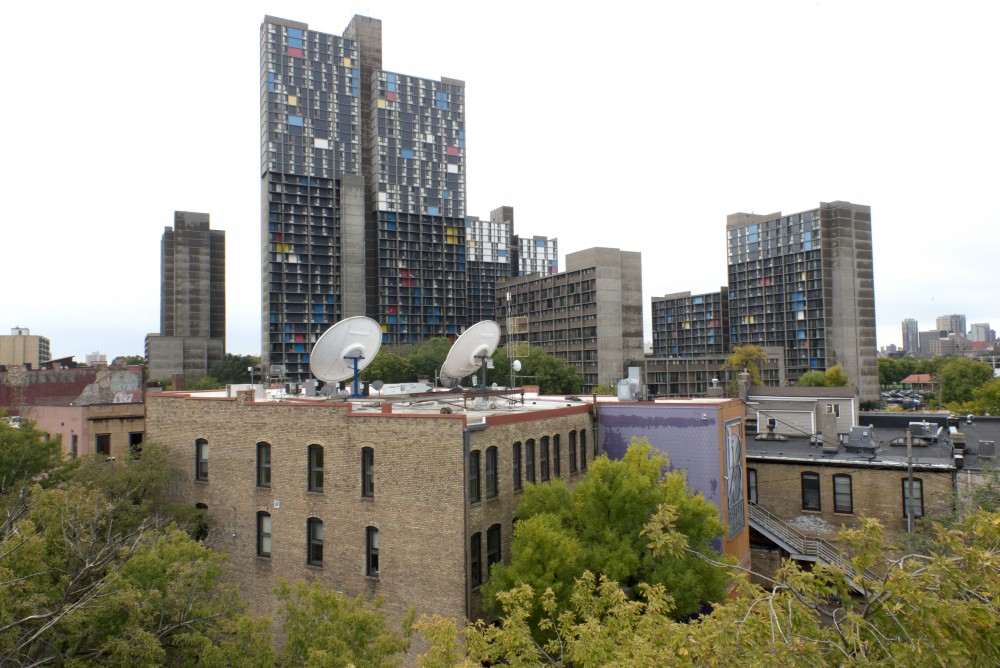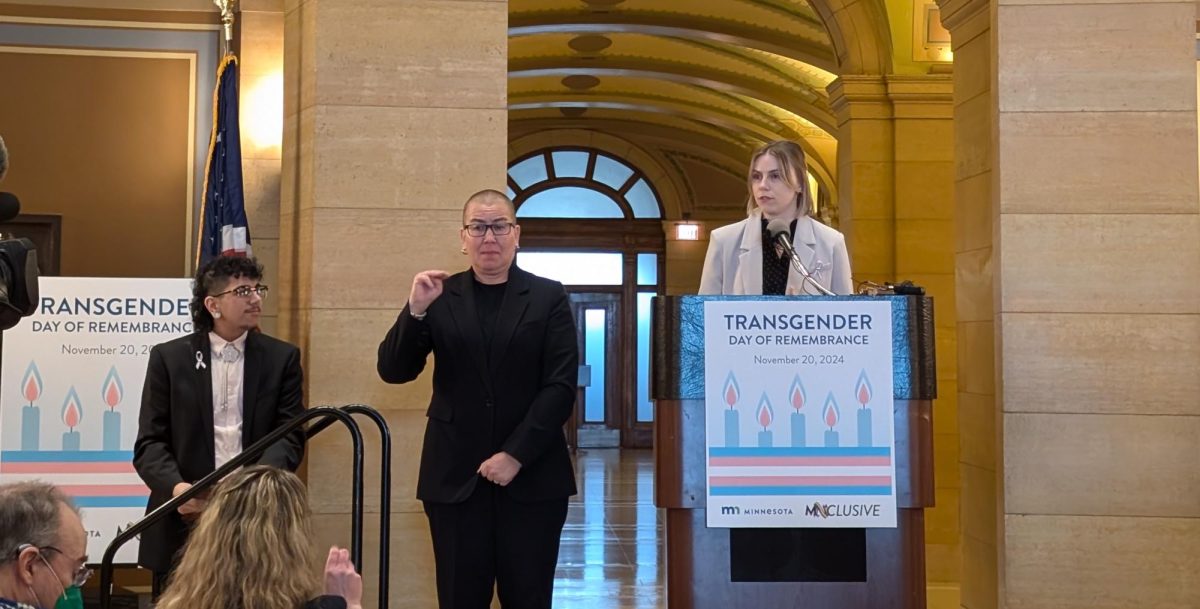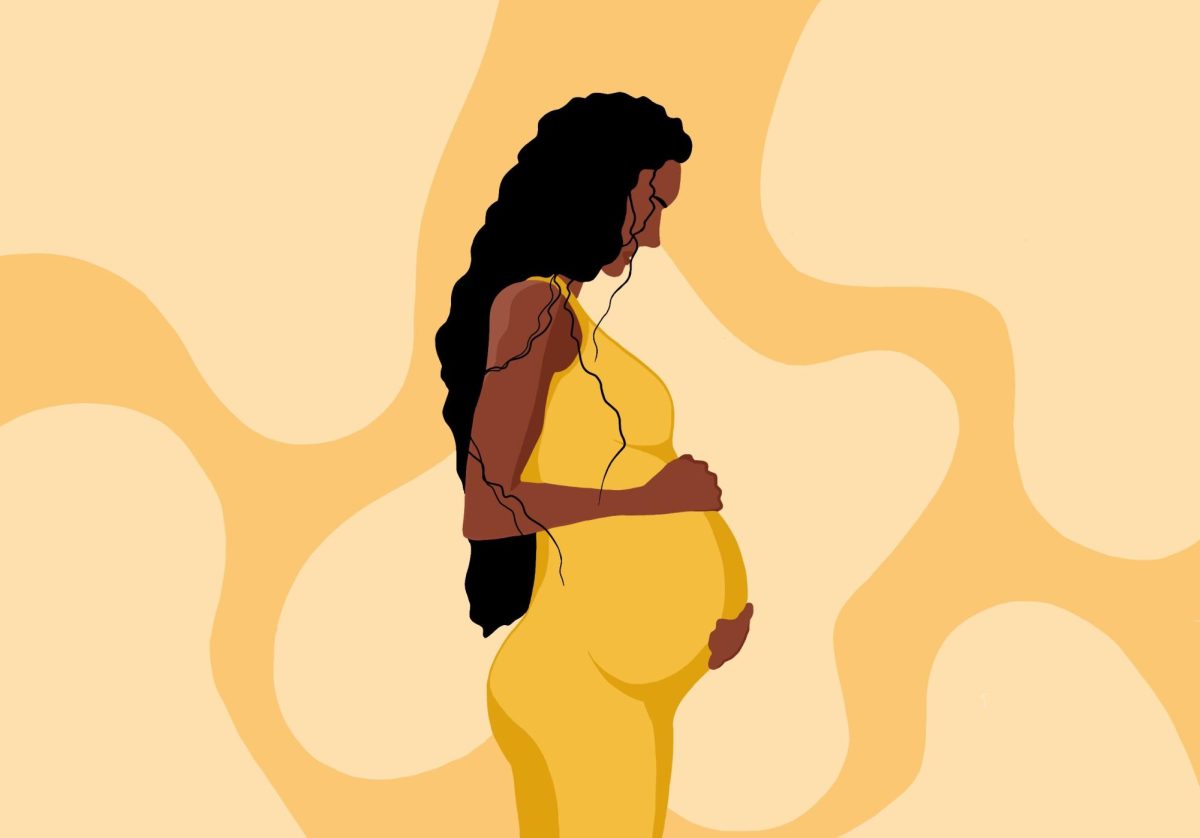A federal program that incentivizes developers to invest in poorer communities has spurred concerns about gentrification in Cedar-Riverside.
Passed by Congress in the Tax Cut and Jobs Act of 2017, the Opportunity Zones program is an effort to spur long-term development in low-income neighborhood by offering stakeholders a tax break if they invest in the area. The Cedar-Riverside neighborhood is one of 128 census districts in Minnesota eligible for the program as designated by former DFL Gov. Mark Dayton in May 2018.
“I think it’s quite complicated,” said Ward 6 City Council member Abdi Warsame. “We’re still trying to figure out how it’s going to be applicable.”
City of Minneapolis officials met with the City Council’s Intergovernmental Relations Committee last month to discuss federal, state and local initiatives that may affect the area. No developments under the program were announced for the neighborhood.
Warsame said while more investment may encourage mixed-income housing in Cedar-Riverside, he fears the program may trigger displacement of its residents. He expressed concerns about developments under President Donald Trump, which he said are “notorious” for undercutting people of color.
“We’re always welcoming investment in our ward,” Warsame said. “But we also want … to mitigate against gentrification.”
Warsame said high-density in the area may pose a challenge for new developments under the program.
Warsame’s policy aide Ryan SanCartier said the City is only notified of Opportunity Zone projects if investors come forward to seek City funding. Otherwise plans could be made through private transactions, SanCartier said.
Ward 2 City Council member Cam Gordon echoed concerns about the lack of transparency between investors and the City. He said the program could benefit investors more than the communities themselves.
“The fear is that this will be used as a tax shelter,” said Gordon. “We provide these incentives but we’re not collecting the money on the other side when we could really have a public discussion about where to invest and what to invest them in.”
But Gordon cited the Minnehaha Crossing development in South Minneapolis, which is expected to bring more affordable housing to the area, as an example of positive development through the program.
The neighborhood could benefit from the program if it is used to finance affordable housing, said David Hoffman-Dachelet, assets manager of West Bank Community Development Corporation, a nonprofit developer. But he also said there might not be an incentive for developments to build affordable housing without a requirement to do so.
“If it’s just a tax break to invest in these neighborhoods, then it does look a lot like gentrification,” Hoffman-Dachelet said. “I would just need to see what the public purpose is other than just getting fancy apartments that nobody in the neighborhood can afford.”
Aside from housing, Warsame said job training for residents is needed support for long-term economic growth. To bring jobs to Cedar-Riverside, he said new developments should be a collaborative effort between local trade unions and developers.
“Instead of seeing these people as a liability, we should see them as an asset,” Warsame said. “But just having developers come in and build towers or just use it as a vehicle not to pay taxes defeats the purpose.”














